Survival of the Fittest
May 27, 2023 - August 20, 2023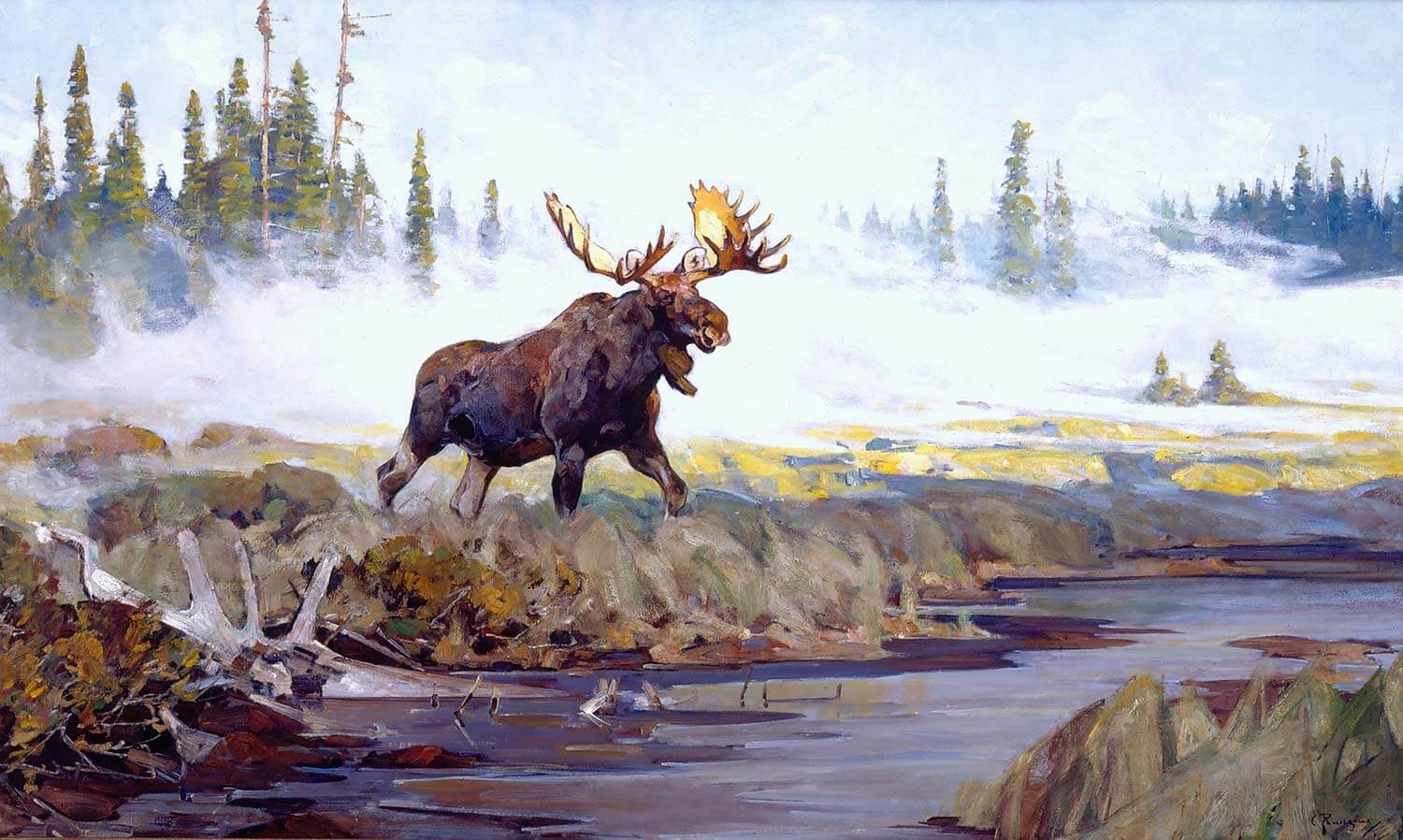
Survival of the Fittest: Envisioning Wildlife and Wilderness with the Big Four, Masterworks from the Rijksmuseum Twenthe and the National Museum of Wildlife Art
Exhibition open May 27, 2023 – August 20, 2023
On display at the Museum during the summer of 2023, Survival of the Fittest: Envisioning Wildlife and Wilderness with the Big Four, Masterworks from the Rijksmuseum Twenthe and the National Museum of Wildlife Art is the first major piece of scholarship to come out of the multiyear Carl Rungius Catalogue Raisonné project. Presented with an accompanying catalogue, it will feature approximately 50 masterworks created by an influential group of painters known today as the Big Four: American Carl Rungius (born Germany, 1869–1959), Germans Richard Friese (1854–1918) and Wilhelm Kuhnert (1865–1926), and Swede Bruno Liljefors (1860–1939). “The work of these four artists established a vision of wildlife and wilderness that remains with us today and had a tremendous influence on wildlife artists of the 20th century,” Dr. Adam Duncan Harris says.
Only two museums in the world, the National Museum of Wildlife Art and the Rijksmuseum Twenthe (in Enschede, Netherlands), hold masterworks by each member of the Big Four. Survival of the Fittest will bring together the best paintings from these two institutions and use them to explore colonialism, Darwinism, art history, land and wildlife conservation, as well as Indigenous peoples’ ways of life and seeing nature.
The artists of the Big Four, all working at the same time but in separate regions of the globe, broke new ground by emphasizing the importance of seeing creatures in their natural habitats, enacting natural behaviors. Their paintings were not science-minded engravings delineating the shared characteristics of certain species, nor were they narratives illustrating biblical passages or scenes from popular fables.
Though they emerge from and find context within these scientific and narrative backgrounds, their artwork did something remarkably different, presenting an emerging vision of wildlife that valued the animal and its habitat as two parts of a greater whole, inseparable and interdependent elements of the wild. This exhibition brings an international lens to important art and nature-related topics, examining the interchange between visual arts and environmental thinking across traditional boundary lines. This exhibit addresses current conversations about large-scale land conservation, hunting, endangered species, wildlife migration corridors, and rewilding efforts, particularly focused on the locations each artist chose to depict.
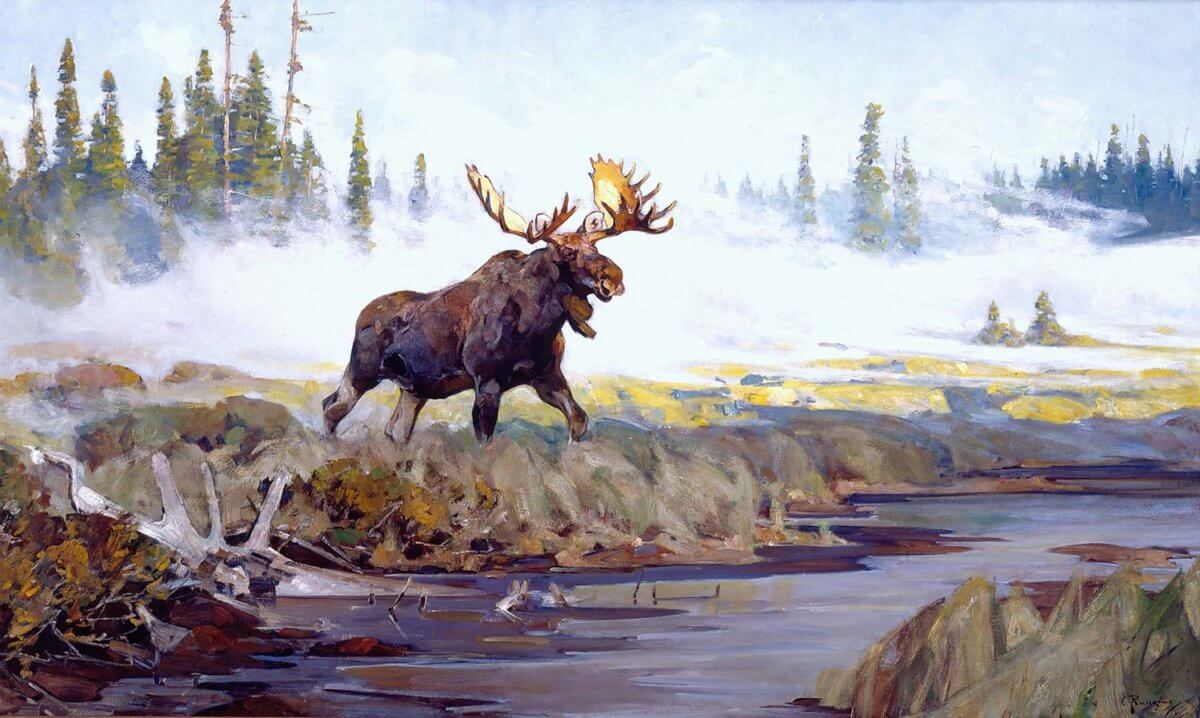
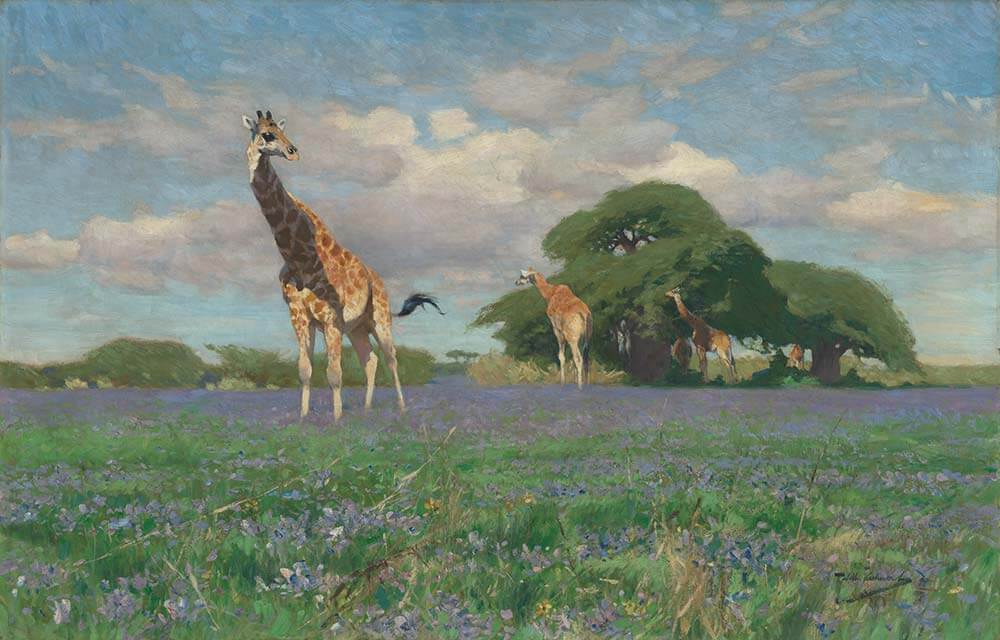
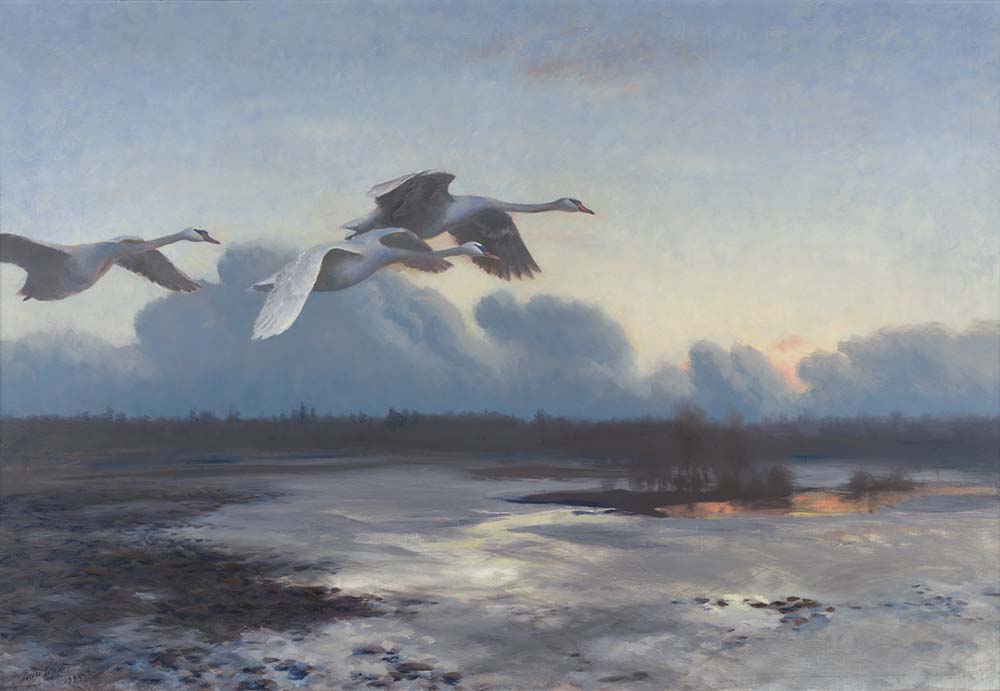
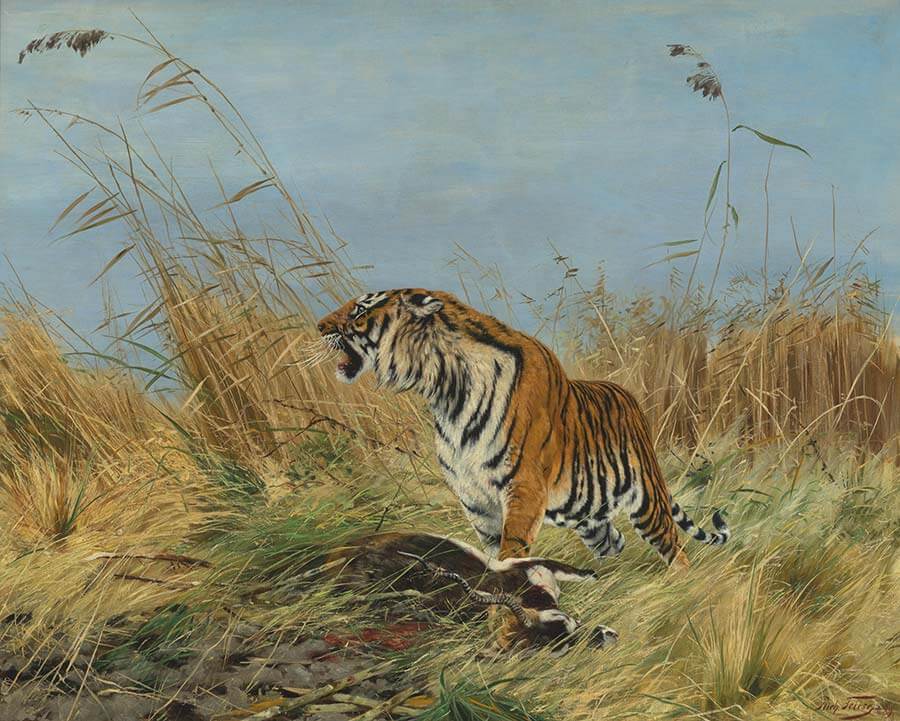
- 1
- 2
- 3
Staff Picks
Through May 10, 2026Curating this exhibit has been an exercise in collaboration, which is one of our core values at the Museum. We began by asking each staff member to make a short list of some of their favorite works in the collection. Then, the curatorial team took them to see a few of those pieces. We asked the staff to look for artworks that were not already on display and would not be part of any upcoming exhibitions. A person’s taste in art is so uniquely personal and individual to who they are. This exhibition is not only an opportunity for you to get to know our staff, but it is also a chance to discover new pieces in the permanent collection—or perhaps to see old favorites in a new light.
See the Exhibit- 1
- 2
- 3
Two of a Kind?
Through April 26, 2026This exhibition is an exercise in comparison. It invites visitors to consider pairs of artworks, drawn primarily from the Museum’s permanent collection, and contemplate the question posed by its title: are these artworks truly Two of a Kind?
See the Exhibit




